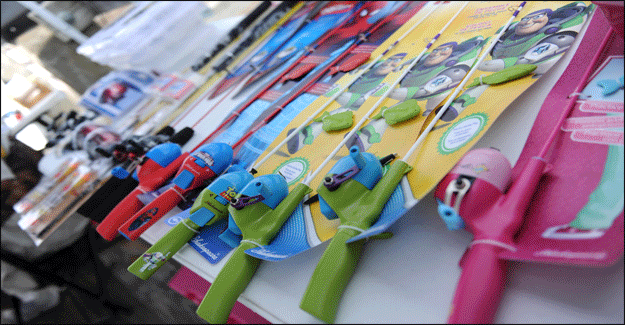Bangladesh Gradually Expands Footprints In EU Export pie For The Home Textile Segment
Bangladesh Gradually Expands Footprints In EU Export pie For The Home Textile Segment

Stiff competition from home textile exporters who avail of homegrown cotton has not deterred Bangladesh from increasing its share of the pie in home textiles in the European Union countries over the past few years. Backing this sentiment, industry insiders revealed that the export figures for Bangladesh home textiles stood at USD 107.4 billion in the year 2014 and is expected to touch the USD 131.5 billion mark by the year 2020.
However, observers in the textile trade in Bangladesh were of the opinion that there is a lot more potential that Bangladesh can cap to expand its market segment in the European Union countries. Citing percentage figures available with the European Apparel and Textile Confederation (Euratex), the trade insider indicated that in the year 2016, the European Union imported home textiles totally worth USD 6.86 billion.
From this total quantum, Chinese exports amounted to 33 percent, Pakistani exports amounted to 25 percent, Turkey’s exports amounted to 16 percent and India’s exports amounted to 11 percent. However, Bangladesh’s share of the pie was a meager 7 to 8 percent.
Executive director of Noman Group, Md Shahidullah Chowdhury explained this phenomenon, stating, “Both Bangladesh and Pakistan have been competing in the same markets and in the same product categories. This builds pressure on our home textile exporters when it comes to improvement of performance.”
When seen from a recent historical perspective, the 28 nation EU block permitted Pakistan way back in 2013 to receive the GSP plus status for four years. This allows 20 percent of Pakistan’s exports, including home textiles to make an entry into the EU zone at literally zero duty. In addition, another 70 percent of Pakistan’s exports will enter the EU markets at preferential rates. Other than Pakistan, Vietnam, Morocco, Taiwan and Ukraine also have registered significant gains in the home textile export market.
In Chowdhury’s words, “Countries like China, Pakistan, India and Turkey have their own set of advantages when it comes to export of home textiles.” This becomes obvious when we analyze that whereas the other countries are cotton growers, Bangladesh has to import 100 percent of its cotton.
Despite the tough competition and the advantages held by its competitors, Bangladesh’s volumes of home textile export to the EU have grown in recent years. “This is largely due to the fact that our manufacturers have turned deft in handling the home textile segment,” Chowdhury opined.
“There are five major players in home textiles in Bangladesh. The rest are small timers who contribute insignificantly to our volumes. In sharp contrast, the other competing countries have hundreds of big players who manage to take a sizable chunk of the USD 130 billion export market,” he added.
Data supplied by Export Promotion Bureau for the year 2016-17 support the reasoning of Chowdhury and state that Bangladesh's home textiles exports grew by 6.13 percent year-on-year. The current year’s figure stands at USD 799.14 million. Much also depends on a favorable exchange rate between the Euro and the US dollar as all of Bangladesh’s foreign dealings are in US dollars as of now.



 textileexcellence
textileexcellence 







